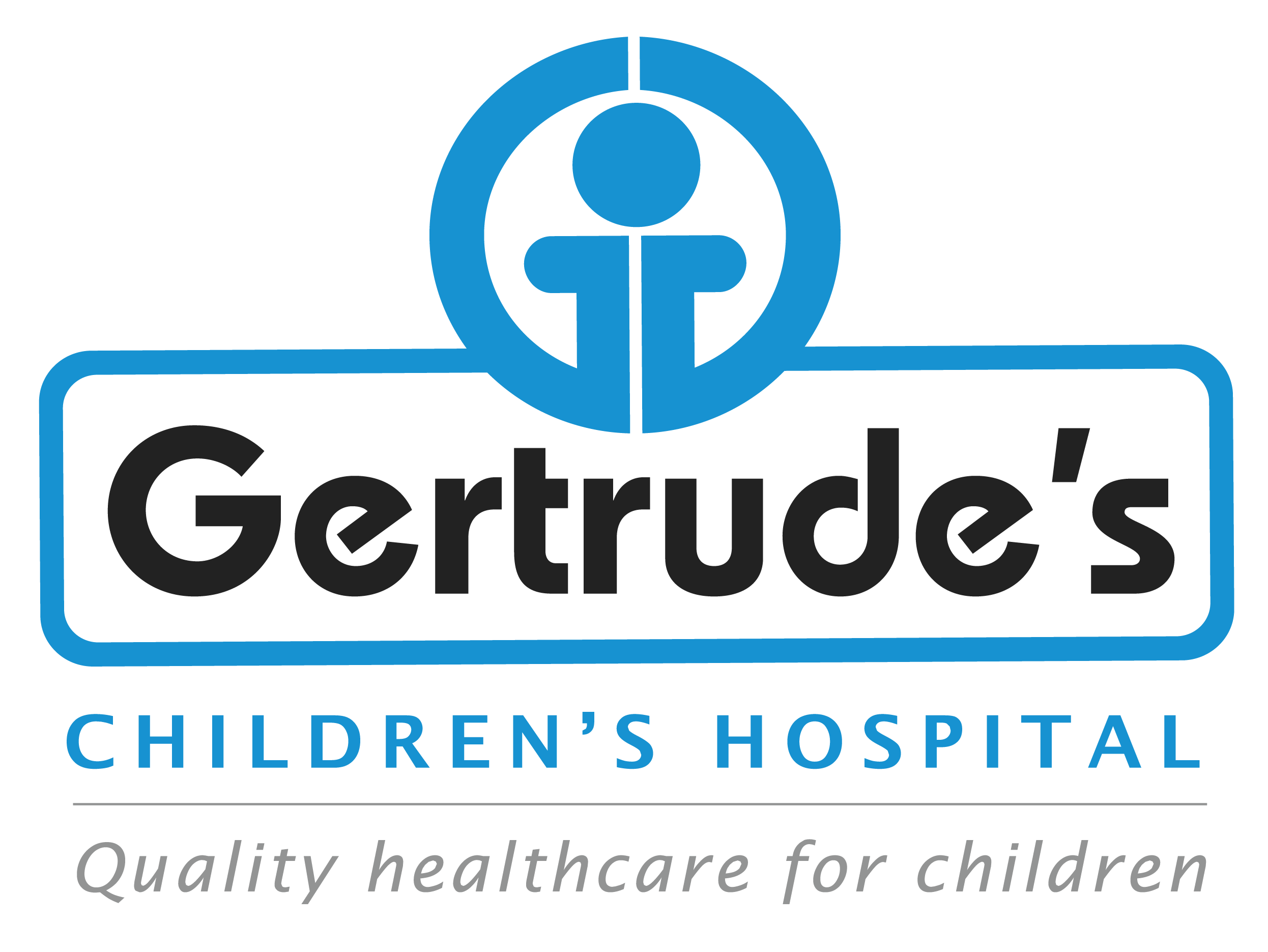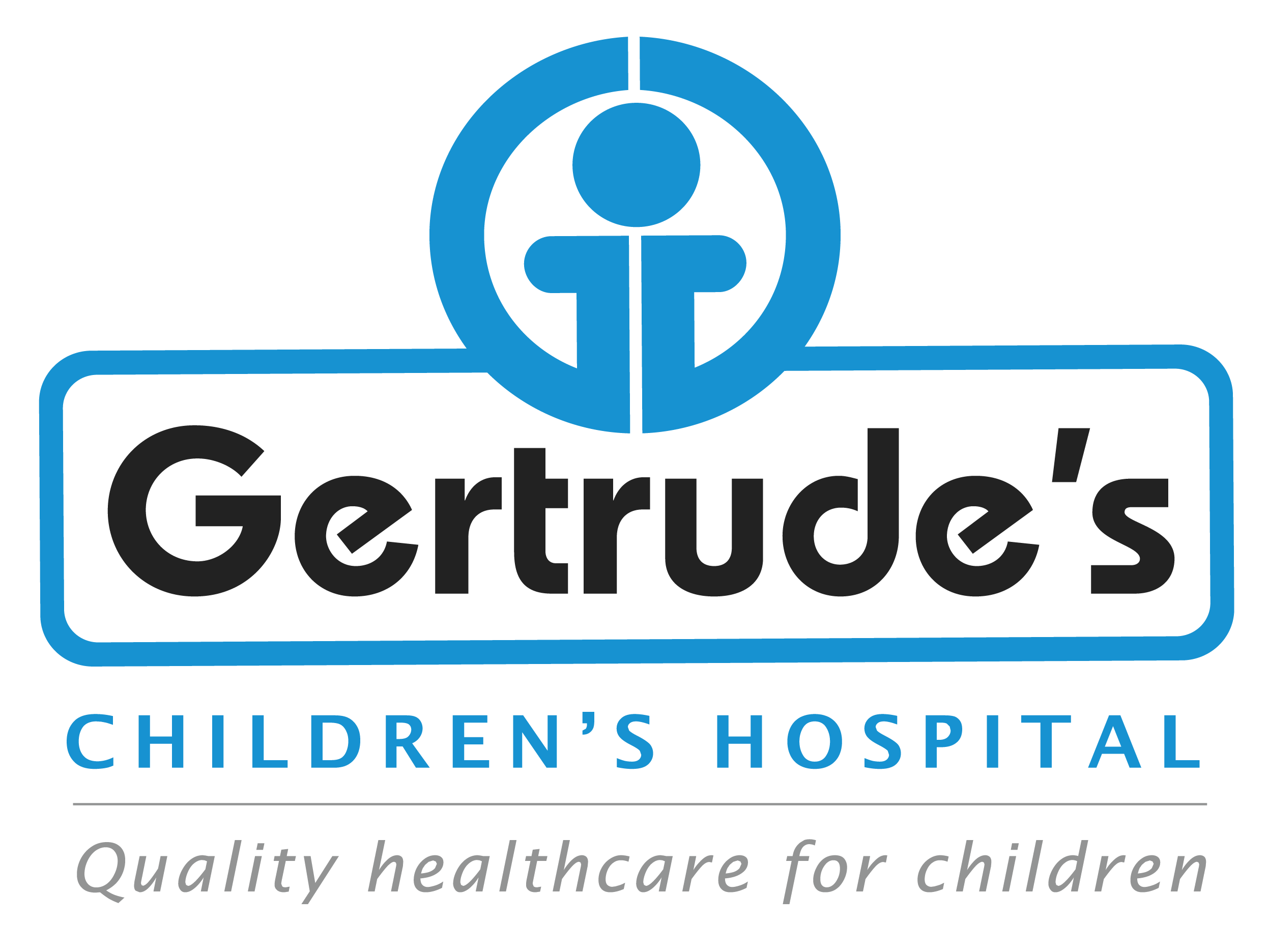A congenital melanocytic nevus (CMN) is a type of birthmark that appears as a dark brown or black spot on the skin. It is caused by an abnormal growth of pigment-producing cells called melanocytes, which are present in the skin from birth. CMNs can appear anywhere on the body and can vary in size, shape, and color.
Symptoms
- A dark brown or black spot on the skin, which can be present at birth or appear shortly after
- The spot can be small or large, and can be irregularly shaped
- The spot can be flat or raised, and can have a rough or smooth texture
- The spot can be hairy or non-hairy
- In some cases, CMNs can be associated with other symptoms, such as itching, bleeding, or pain
Causes
- The exact cause of CMNs is not known, but it is thought to be related to genetic mutations that occur during fetal development. CMNs can be present in people of all skin types, but they are more common in people with fair skin.
- Small CMNs: These are typically less than 1 cm in diameter and are usually not associated with any symptoms.
- Medium CMNs: These are typically between 1-10 cm in diameter and can be associated with itching or bleeding.
- Large CMNs: These are typically greater than 10 cm in diameter and can be associated with a range of symptoms, including itching, bleeding, and pain.
- Giant CMNs: These are typically greater than 20 cm in diameter and can be associated with a range of symptoms, including itching, bleeding, and pain.
Diagnosis
- Diagnosing a CMN typically involves a physical exam and a review of the patient’s medical history. A doctor may also perform a skin biopsy to confirm the diagnosis. In some cases, additional tests may be ordered to rule out other conditions.
Treatment Options
- Surgical removal: This is usually recommended for large or giant CMNs, or for CMNs that are causing symptoms.
- Laser treatment: This can be used to lighten the color of the CMN or to remove it altogether.
- Topical creams: These can be used to lighten the color of the CMN or to reduce itching or inflammation.
Why Choose Us
Expert team
Our pediatric specialists have extensive experience in treating children.
Personalized care
We create treatment plans that fit each child’s unique needs
Support and education
We teach children and families how to care for prevent future cases
Advanced treatments
Access to the latest treatments and products
Frequently Asked Questions
Q: What is the risk of cancer associated with CMNs?
A: The risk of cancer associated with CMNs is low, but it is higher for large or giant CMNs.
Q: Can CMNs be prevented?
A: No, CMNs cannot be prevented, as they are present at birth.
Q: What are the complications of CMNs?
A: Complications of CMNs can include itching, bleeding, and pain, as well as an increased risk of cancer.
Contact
Please feel free to contact us with any general or medical enquiry by calling us.





